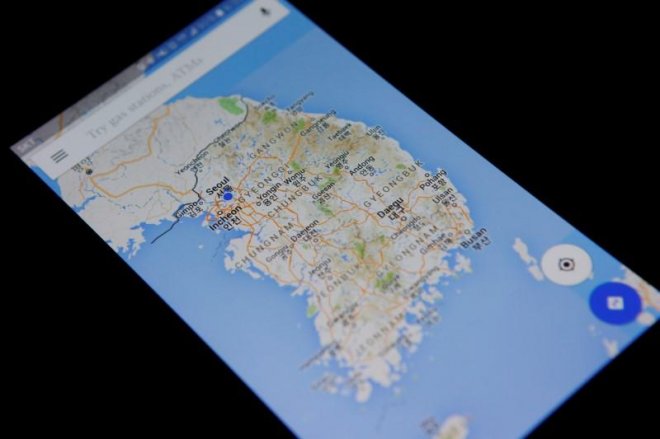
Google maps has recently added Venus, dwarf planets Pluto and Ceres and nine moons of Jupiter and Saturn to its system. A person can view the unseen worlds just by scrolling out of the google map until the outer space view.
Stafford Marquardt, Product Manager at Google, made the announcement in her blog post on Oct. 16. "We've added Pluto, Venus and several moons for a total of 12 new worlds for you to explore," she said.
Jupiter's moon Io, Europa and Ganymede, as well as Saturn's moons Mimas, Enceladus, Dione, Rhea, Titan and Iapetus were included in the newly added system.
Google had earlier added Earth's moon and Mars to its map in 2014. This was on the occasion of two years of exploration of Curiosity spacecraft in the Mars. Google had also added the International Space Station in July, 2017.
Marquardt said, "Explore the icy plains of Enceladus, where Cassini discovered water beneath the moon's crust- suggesting signs of life. Peer beneath the thick clouds of Titan to see methane lakes."
Pictures captured by Cassini during 15 years of its exploration of Saturn and its moons were a major contributor to the Google map. Apart from NASA's Cassini's Images, data from the NASA and European Space Agency (ESA) has helped in visualizing these worlds to new accessible platforms. Missions like ESA's Venus Express had helped in the study of Venus while NASA's missions like new Horizon, Dawn and Voyager spacecrafts helped in the study of Pluto and Ceres.
Saturn's moon Enceladus is the only place in the solar system where the scientists have found the presence of liquid water. Cassini images had shown the presence of underwater oceans in the surface of Enceladus. Methane rivers were observed by the craft on the surface of Titan, another moon of Saturn. Reports said that these Methane Rivers are the only flowing liquid mechanisms which are found in the Solar system other than in Earth.
The Google map has different topographical features of the solar objects along with its names. According to reports, Google said that astronomical artist Bjorn Jonsson had assembled the map using pictures of the planets and moons provided by the NASA and ESA.
The new additions of the Google Map have been introduced when the NASA and other Private Space companies plan to start human settlements on Mars.








